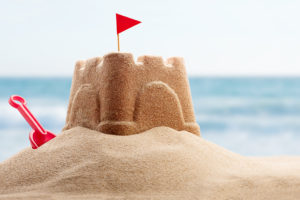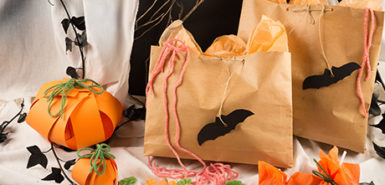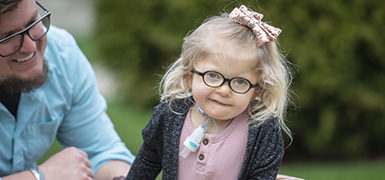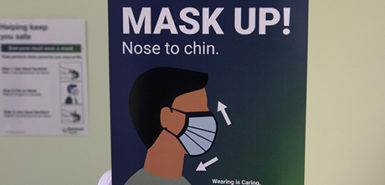
After months of improvised at-home activities, from blanket forts to stuffed-bear hunts, it seems like every member of the family is clamoring to have fun outside.
But with COVID-19, even the simplest plans—a picnic with cousins or a walk in the park—can seem complex.
The good news, of course, is that summer and fall are great times to be outdoors, which experts say is inherently safer than indoor play.
Whether families are venturing out to playgrounds, pools or beaches, “we know it is much more difficult to get the disease while in the open air and in large spaces,” said Rosemary Olivero, MD, who specializes in pediatric infectious diseases at Spectrum Health Helen DeVos Children’s Hospital.
But the risk is still real.
“We shouldn’t pretend COVID-19 is gone just because some restrictions are easing,” she said. “And while we have seen that kids generally don’t get as severely ill as other age groups, they can bring the virus into homes. We do have to take the threat seriously to slow the march of the virus.”
Perhaps the most important thing to keep in mind as you head out for an adventure? Accepting that kids can’t follow the same advice adults can. (And honestly, even adults are struggling.)
“Telling little kids to maintain social distances from each other just isn’t reasonable,” said Liam Sullivan, DO, an adult infectious disease specialist at Spectrum Health. “Children are going to interact and get close to one another. And it’s hard for them to keep their hands away from their faces.”
And while research indicates that kids 10 and younger transmit COVID-19 much less than adults do, it is still important to protect them.
Here’s what to keep in mind at:
Playgrounds
While there are many surfaces that kids touch, from slide rails to swing chains, the sun’s UV rays kill the virus pretty quickly, Dr. Sullivan said.
“Still, rely on lots of hand sanitizer and go on off-hours to better keep distances,” he said.
And be prepared with water bottles, since many water fountains remain shut down.
Beaches
Lakefront outings can offer fresh breezes and a greater opportunity to spread out.
“But people are unlikely to wear masks when they are getting in and out of the water,” Dr. Sullivan said. “Still, I would rather have people on a crowded beach on a hot, muggy day than inside with an air conditioner that recirculates the air.”
Swimming pools
While pools themselves are safe, thanks to the germ-killing chlorine, interactions around the pool worry Dr. Sullivan.
“If there are crowds of people in the seating areas and you don’t have room to spread out, it might be better to stay home or time outings outside peak periods,” he said.
Playdates
Kids need to socialize, and most have been craving unfettered playtime.
“And it can be safe, as long as you are having good conversations with other families beforehand, making sure people are healthy—and that you are comfortable with who they’ve been exposed to,” Dr. Olivero said. “Is everyone in their house healthy? Are they living with someone not taking precautions, or interacting with many people? Is a grandparent involved in daycare? All these things pose some element of risk.”
And Dr. Olivero noted that it helps for parents to remind themselves of a major incentive: “The more we can do our part, the better shot we have at getting back to a normal schedule as soon as possible.”

 /a>
/a>
 /a>
/a>
 /a>
/a>